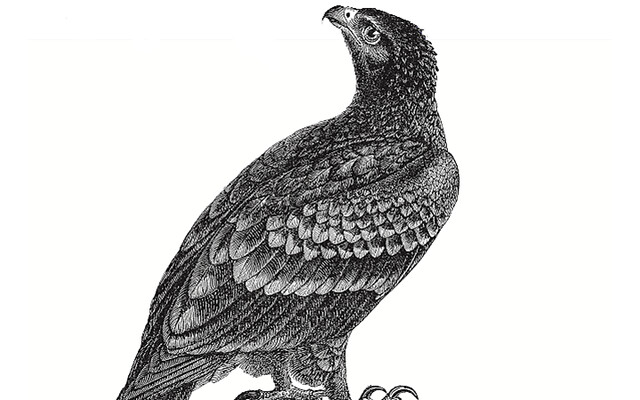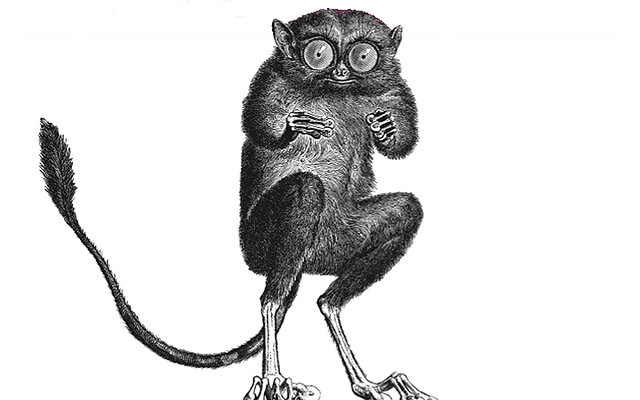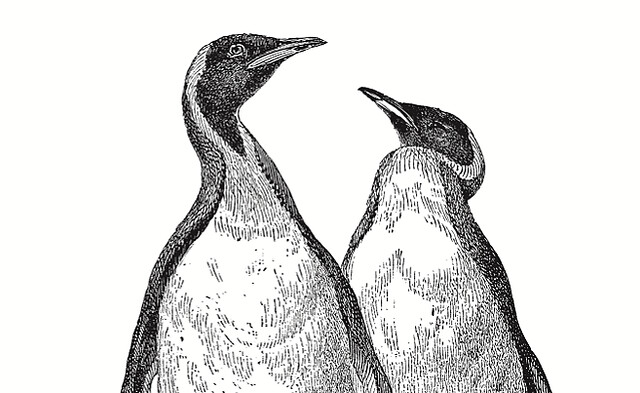O'Reilly Animals Starter Deck
2014 – (See Cards | Deck Info | Download – card backs)…
This deck includes a variety of organisms that are represented by various O’Reilly book covers and are also in various levels of endangerment. More information about the organisms and conservation work can be found at animals.oreilly.com/. The game consists of 41 different cards, encompassing a variety of organism and events.

Greater Spotted Eagle
Aquila clanga


5 POINTS
Play: Aquila clanga has a FLIGHT of 2
Fact: Aquila clanga can live to be over 20 years old. It is often killed by shooting or deliberate poisoning.

Nicobar Pigeon
Caloenas nicobarica


4 POINTS
Play: Caloenas nicobarica has a FLIGHT of 2
Fact: Caloenas nicobarica is a small-island specialist

Philippine Tarsier
Tarsius syrichta


7 POINTS
Play: Tarsius syrichta has a MOVE of 2
Fact: Tarsius syrichta is one of the smallest primates in the Animal Kingdom

Galapagos Land Iguana
Conolophus subcristatus


3 POINTS
Play: Conolophus subcristatus has a MOVE of 2
Fact: Conolophus subcristatus can live for up to 50 years.

King Penguin
Aptenodytes patagonicus


7 POINTS
Play: Aptenodytes patagonicus has a MOVE of 2
Fact: Aptenodytes patagonicus was once hunted for oil, blubber, eggs and skins.

Père David’s deer
Elaphurus davidianus


3 POINTS
Play: Elaphurus davidianus has a MOVE of 2
Fact: Elaphurus davidianus is a semiaquatic animal that prefers marshland, and is native to the subtropics of China